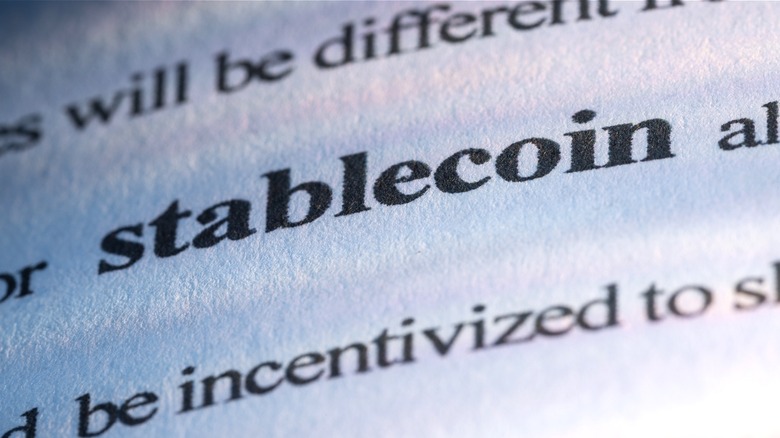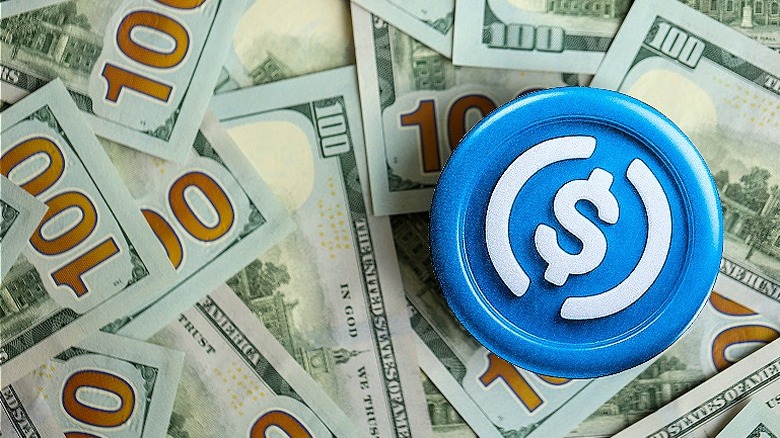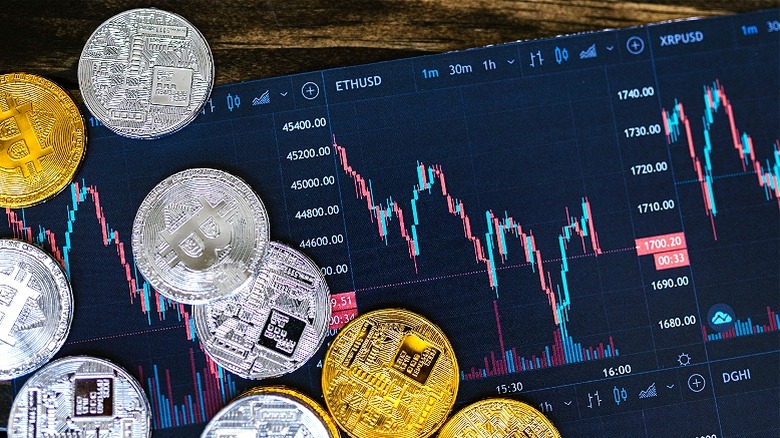The Truth About Stablecoins: How They Work, And What's Their Future?
The stablecoin is an interesting concept within the realm of cryptocurrency. Most cryptocurrency assets derive their value from basic economic principles like supply and demand, but stablecoins are granted another dimension to their offering.
A stablecoin is pegged to another, real-world fiat currency, and, therefore, it operates in the cryptocurrency theater while promising to remain steady alongside the value of a dollar, pound, or euro. Stablecoins offer themselves as a financial alternative within the universe of cryptocurrency, delivering a less-volatile digital currency product than options like bitcoin or litecoin, alongside a huge stable of other digital assets. The question has to be asked, then: Why make the switch to a crypto asset that attempts to mimic the behavior of traditional fiat money?
Stablecoins bridge the gap between fiat money and the volatile world of digital currency. That's a neat summation, but what does it really mean? As is the case with much of the cryptocurrency space, there's a lot left unsaid, and plenty to ponder. This said, when it comes to stablecoins, at least the bulk of the mystery has been pulled away. Spectators can gain a more complete understanding of these assets than many others, but there are still some hurdles to overcome. Here's the truth about what stablecoins are and, importantly, what they're not.
A true stablecoin is boring (but it does so exceedingly well)
In its most pure format, a stablecoin should be minted by an issuer who holds the pegged currency in reserve at a 100% ratio. This means that if a coin is pegged to the dollar, the issuer will maintain a reserve fund that holds as many physical dollars as its coin is valued. If there are $1 million in stablecoin assets floating around in digital wallets, then the issuer would lock away $1 million in tangible U.S. currency to support the coin's value. This reserve would give the currency true liquidity and allow owners to cash in their coins at will, without the threat of default or of overextension.
This is a concept known as narrow (100% reserve) banking, and its application is limited in scope and overwhelmingly boring. Owners of the hypothetical currency imagined here wouldn't generally find themselves able to utilize the coin as an investment opportunity. Instead, an owner would trade a definitive dollar that can always be used in the physical world for a cryptocurrency equivalent that will always be underpinned by its pegged value and the issuer's cash reserve that makes it so.
In the same way that $1 was once guaranteed by a gold equivalent, $1 in pegged stablecoin value would be guaranteed by the fiat currency standing behind it. The benefit is actually obvious, even if it might not seem all that important on the surface. A pegged stablecoin allows for rapid transactive freedom in an increasingly digital world. In the same way that traveling to Europe requires a tourist to swap dollars for euros, engaging in the digital market might be better handled by trading dollars for a favored stablecoin.
There's little guarantee, even among stablecoin options
Ultimately, the value a stablecoin brings to a consumer or an investor lies in its ability to actually remain stable. In the present cryptocurrency space, this isn't a given, making stablecoins a uniquely positioned asset that's trying to create stability while existing in a vulnerable matrix of enhanced risk and uncertainty. Today, stablecoins provide what might best be thought of as a window into how crypto assets might progress into the future, while remaining tethered to its wildly hazardous past (and indeed, its present with events like the FTX meltdown and ongoing crypto scams that bilk investors out of millions collectively).
Stablecoins may be best understood for what they still aren't, unfortunately. They aren't a sound investment asset because their value is pegged to real-world monetary systems. They also aren't totally stable payment options because the threat of insolvency remains without the same kind of centralized backing that exists with federally minted cash assets across the world. Even so, federal regulators are increasingly interested in bringing cryptocurrency under their purview rather than allowing them to continue operating in a sort of Wild West of digital trading.
With regulatory oversight, stablecoins in particular might come farther into focus as a digital purchasing asset that appeals to a wide array of consumers. In 2021, the FDIC estimated a 4.5% unbanked rate for U.S. households, with concerns over trusting a banking institution high among the reasons for this decision. Another swath of the U.S. population, meanwhile, prefers the convenience of online-only banks. Both of these segments might benefit from a decentralized, digital payment option if it were to become more reliable heading into the future.


